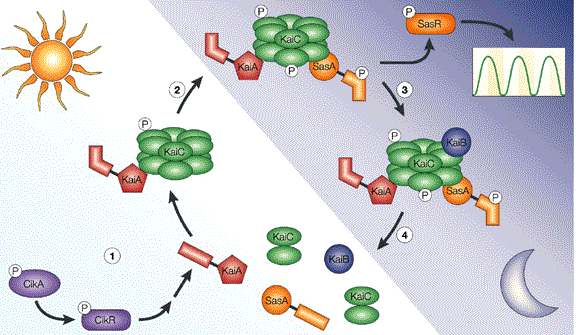Signal transduction and environmental sensing
Signal transduction occurs when an extracellular signaling molecule activates a cell surface receptor. The turn receptor alters intracellular molecules creating a response. There are two stages in this procedure: A signaling molecule activates a specific receptor protein on the cell membrane. The second messenger transmits the signal into the cell, eliciting a physiological response. In the other step the signal can be amplified. Therefore one signalling molecule can cause several responses.

The Environmental sensing research deals with the acquisition of information through sensor systems that can be used to support a diverse array of military and civil environmental and natural resource projects. The Geographic information systems positioning systems and sensor systems are tools which are used in helping to understand and protect our nation's environmental resources. The Sensor systems detects energy forms of infrared, seismic, acoustic, visible, electromagnetic, ultra-violet, micro-wave, chemical and radiation are used. Positioning systems used in environmental sensing make use of global positioning laser, inertial and radio frequency methods. The sensing systems can be used to evaluate vegetation growth and stress patterns in both aquatic and terrestrial environments.